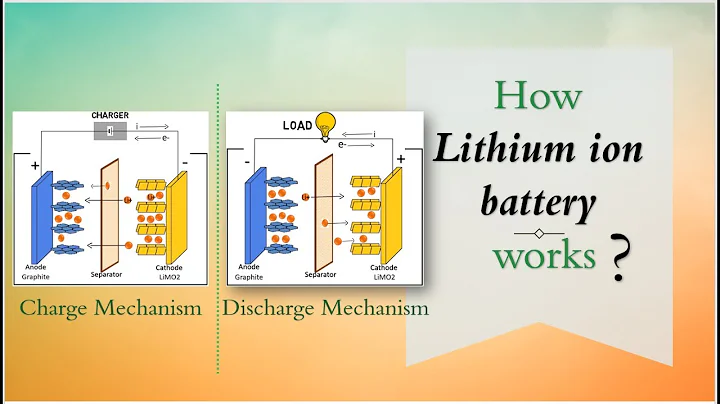Introduction to results
Zinc-ion batteries (ZIBs) have emerged as an excellent energy storage device due to their acceptable safety performance, low cost, and ease of assembly. However, the inherent shortcomings of carbon-based current collectors used to enhance the energy storage performance of ZIBs limit the further applications of ZIBs. To address this issue, current collector technology flow through surface functionalization to enhance its chemical activity appears to be a promising approach for future-oriented ZIBs. This article, Researchers from Gyeongsang University in South Korea Geon-Hyoung An and other researchers published a paper titled "Zinc-ion battery based on heteroatom-doped improved-quality graphene film as a functional current collector" in the "INTERNATIONAL JOURNAL OF ENERGY RESEARCH" Paper, Research prepared improved quality graphene films co-doped with fluorine and nitrogen as functional current collectors for ZIBs, and demonstrated the synergistic effect of increased conductivity and enhanced wettability of the current collector on the energy storage performance of ZIBs.
The results show that the prepared ZIB exhibits a high specific capacity of 380mAh/g at a current density of 0.3A/g, a cycle life of up to 150 times at a current density of 0.5A/g, and a capacity retention rate of 80.6%. A/g, as well as a high energy density of 135 Wh/kg and a power density of 270W/kg. Furthermore, solid-state ZIBs exhibit excellent mechanical flexibility and safety.
Image and text introduction

Figure 1. (A) Schematic diagram of the fabrication process of improved quality graphene films (FN-IQGF) using surface functionalized fluorine and nitrogen co-doping. (B) Schematic diagram of a zinc-ion battery (ZIB) consisting of FN-IQGF as a functional current collector

Figure 2. Graphene film (GF; A and D), IQGF (B and E), and FN-IQGF (C and F) Scanning electron microscopy (SEM) image of and magnified SEM image. (G) Photo of FN-IQGF in rolled-up state

Figure 3. (A) DSC) curve, (D) Raman spectrum, (E) conductivity, and (F-H) ) contact angle measurement

Figure 4, (A) Nyquist plot, (B) rate performance, (C) rate performance vs. Comparison of previously reported ZIBs, (D) Cycling stability, and (E) Lagun diagram comparing power and energy density of FN-IQGF with previously reported energy storage devices

Figure 5. (A) Schematic diagram of solid-state ZIB structure . (B) Evaluate performance. (C) Lagon plot. (D) Photo showing the voltage conditions of smartphones, microcontrollers and Bluetooth devices connected to the ZIB in straight, folded and cut states, and even underwater

Figure 6. Schematic showing FN-IQGF as a functional current collector The advantage is that it has the synergistic effect of increasing conductivity and improving the interface stability between electrode materials/current collectors.
Literature:
https://doi.org/10.1002/er.8328






















